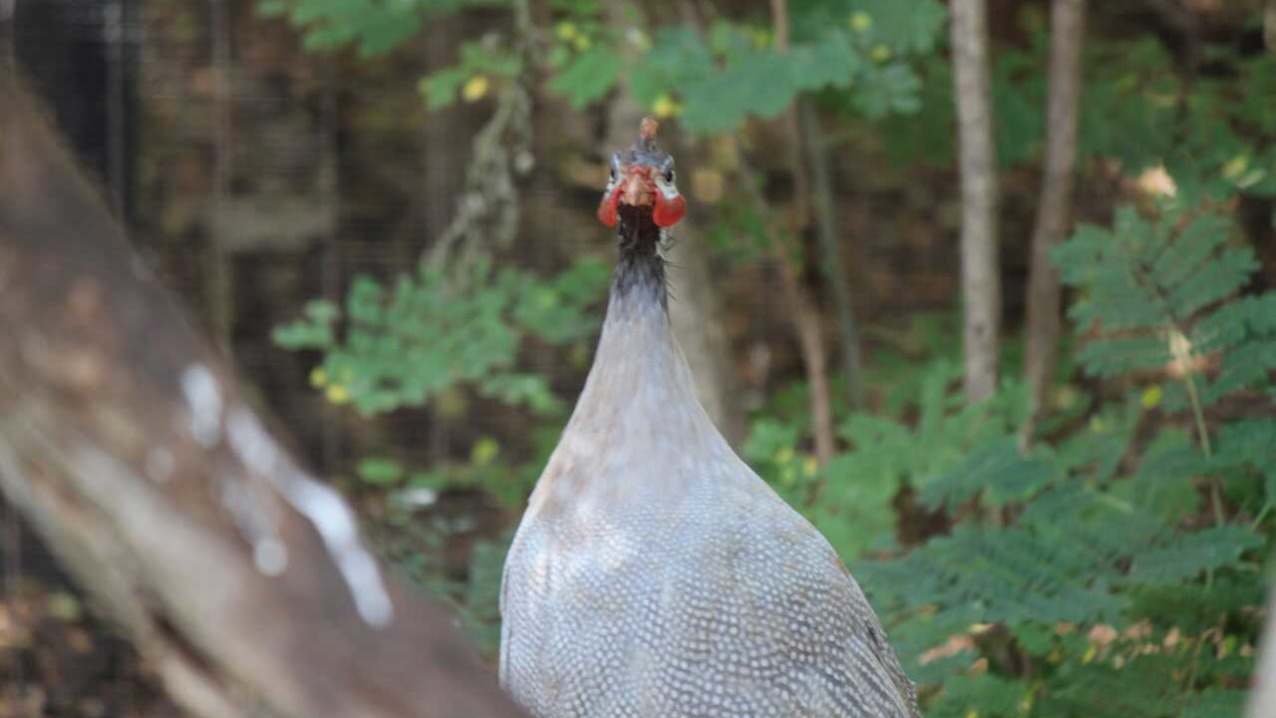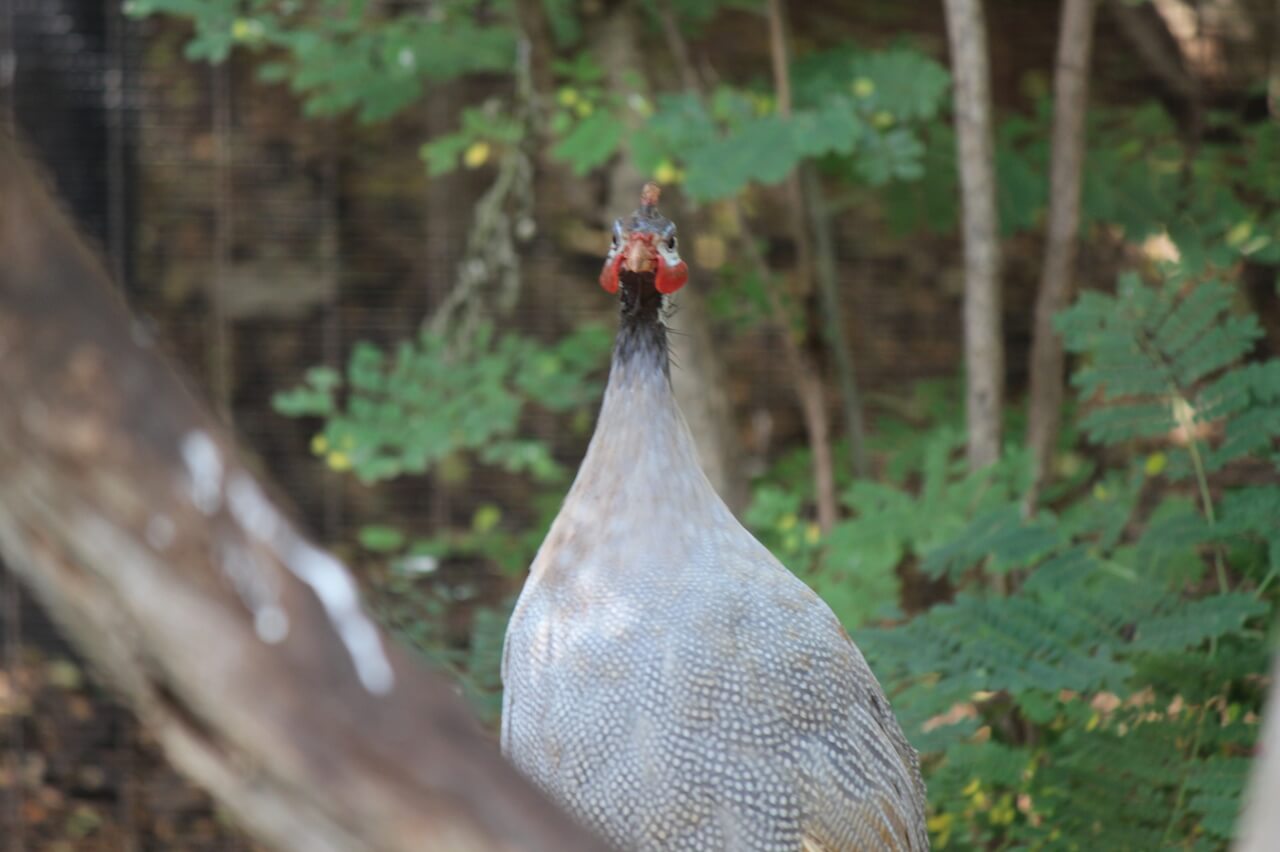numida meleagris
Helmeted Guinea Fowl
About Me
Scientific Name: Numida meleagris
Description
The conspicuous horny “helmet” on top of their naked heads distinguishes helmeted Guinea fowl. The head region is brightly pigmented with blue, red and yellow.
Fun Facts
- Helmeted Guinea fowl are noisy and gregarious birds, but they are often inconspicuous when feeding among trees and scrub.
- Flocks of several hundred birds are common and 2,000 birds have been counted in one flock.
- Kingdom: Animalia
- Phylum: Chordata
- Class: Aves
- Order: Galliformes
The conspicuous horny “helmet” on top of their naked heads distinguishes helmeted Guinea fowl. The head region is brightly pigmented with blue, red and yellow.
All guinea fowl are ground dwelling opportunistic feeders. Helmeted Guinea fowl forage in large flocks for bulbs, tubers, berries, insects and snails.
The four species of guinea fowl are mainly confined to Africa south of the Sahara, although a population of Helmeted Guinea fowl is found north of the Sahara Desert in Morocco. Helmeted Guinea fowl are common from Chad to the Rift Valley, south to Zaire, Kenya and Uganda in open grasslands.
Guinea fowl are capable of flight, but they forage and nest on the ground.
Helmeted Guinea fowl are noisy and gregarious birds, but they are often inconspicuous when feeding among trees and scrub. Towards evening the harsh, abrasive cackles of roosting flocks sound through the trees until silenced by nightfall. Flocks of several hundred birds are common and 2,000 birds have been counted in one flock.
Flocks break up in the breeding season and the breeding adults form monogamous pairs. Vulturine Guinea fowl lay clutches of 4-6 eggs. Helmeted Guinea fowl lay 6-19 eggs. Only the females incubate the eggs, which hatch in 24-30 days.
The Helmeted Guinea fowl has been domesticated for use as a food source and is found on farms the world over.
Other Birds
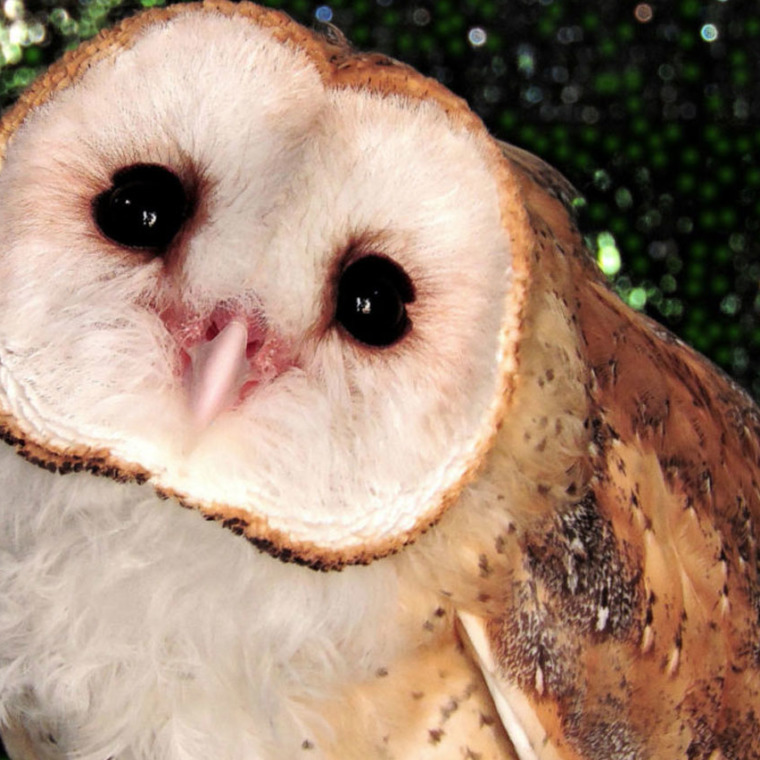
Barn Owls are found throughout the globe, in Europe, Africa, Asia, Austrailia, and the Americas
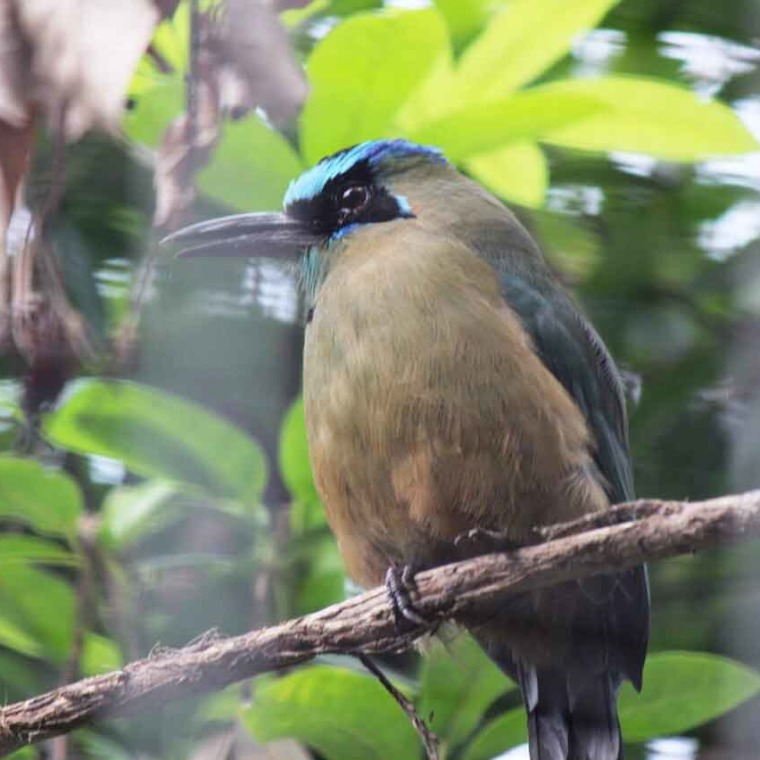
This animal can grow over a foot in length! Motmots possess a serrated beak and red eyes, with a black mask that encircles their heads.
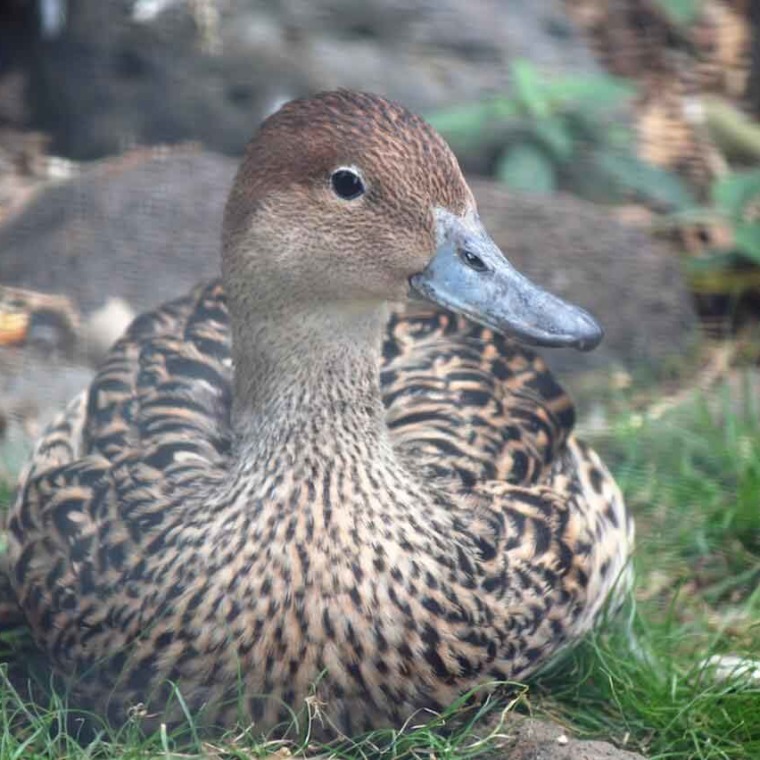
Koloa maoli are very secretive and difficult to observe except in protected areas such as Hanalei National Wildlife Refuge on Kauai.

This bird is found primarily on islands, and has a wide ranger across the equatorial band of every ocean on Earth, save for the Arctic Ocean, which does not cross the equator.
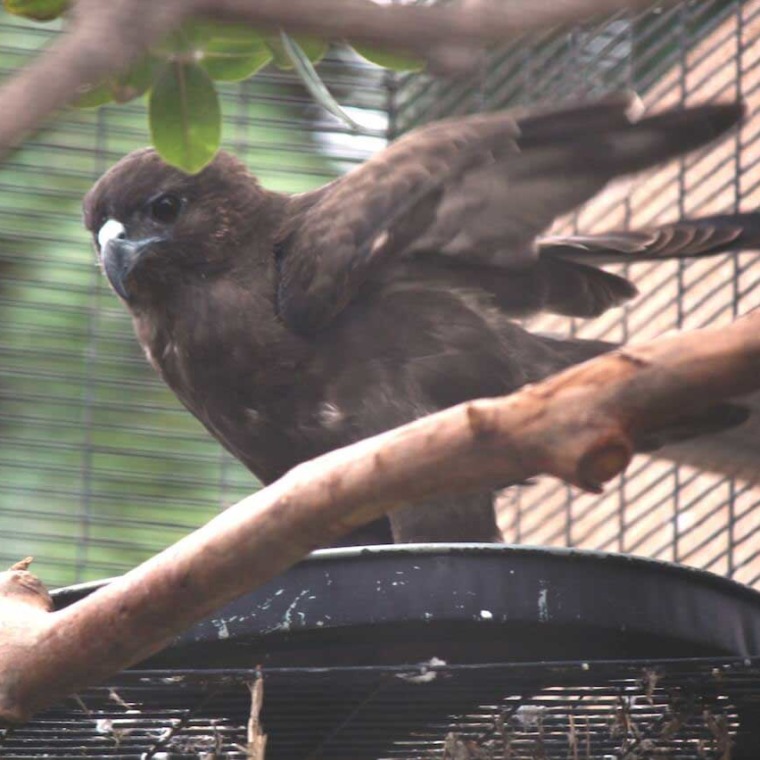
’Io prefer to hunt from tall perches that they use to survey their prey; however, they are known to dive at targets from mid-flight if the opportunity presents itself. are territorial and come together only to breed.


